Wet pipe, dry pipe, preaction, and deluge fire sprinkler systems each defend against fires in slightly different ways
Fire sprinkler systems do an excellent job of containing fires and saving lives. Statistics from the National Fire Protection Association (NFPA) indicate that the civilian death rate from fires is 87% lower in buildings with sprinklers than in properties without. But not all fire sprinkler systems are alike. Fire sprinkler system design varies with the needs of a specific building, and understanding the differences can be confusing.
In this article, we look at fire sprinkler systems as a whole, providing a simple overview of fire sprinkler history and the system types at work in today’s commercial and residential buildings.
If you’re looking for commercial or residential fire sprinkler system components, feel free to check out our full selection of fire sprinklers, escutcheons, and sprinkler system components.
Automatic fire sprinkler systems have a centuries-old history dating back to the days of Leonardo da Vinci
Fire sprinkler heads are what make an automatic fire sprinkler system automatic. Today’s fire sprinkler heads feature a small, mechanical part (either a glass bulb or a small metal link) that reacts to changes in temperature. When the air around a fire sprinkler reaches a specific temperature, this heat-sensitive part breaks or detaches, allowing water to flow.
The origins of fire sprinkler systems stretch all the way back to the 15th-century painter and inventor Leonardo da Vinci. Da Vinci is perhaps most famous today for painting the Mona Lisa, but he also invented what may be the world’s earliest fire sprinkler system, among many other forward-thinking innovations. In preparation for a large dinner party, da Vinci, whose interests ranged from art to science and engineering, outfitted his kitchen with several new inventions. Along with a high-temperature oven and a series of conveyor belts, Da Vinci developed a manual fire sprinkler system.
The inventions he created to ensure that the dinner party ran smoothly did just the opposite. Cooks unfamiliar with his super-hot oven burned the food. A fire broke out and the sprinkler system activated. It extinguished the fire, but ruined the food and his dinner party.
Da Vinci’s mixed experiment may have paved the way for future fire sprinkler systems, but the first automatic sprinklers emerged much later. Some of the first designs for an automatic sprinkler system developed in the early 1800s. By the 1870s, multiple American inventors had filed for patents on automatic fire sprinklers. While Phillip H. Pratt received the first patent in 1872, Henry S. Parmalee is viewed as the inventor of the first practical automatic sprinkler system two years later.
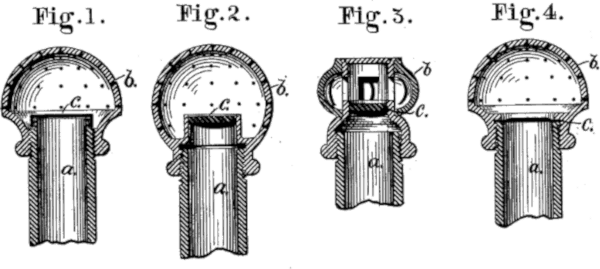
Parmalee’s earliest heads, which opened with heat-activated cords and fuses, paved the way for the automatic fire sprinklers required in modern commercial buildings, schools, and many residential properties.
Today’s fire sprinkler system types vary with the climate, specific fire hazards, and the presence of electronic equipment
Today, there are four main types of sprinkler systems:
- Wet pipe
- Dry pipe
- Preaction
- Deluge
Some types of fire sprinkler systems can withstand freezing temperatures. Other fire sprinkler system designs focus on flooding a space with extinguishing agent. We’ll look at each of these systems in turn, beginning with wet pipe sprinklers.
The wet pipe fire sprinkler system
In a wet pipe fire sprinkler system, the pipes supplying fire sprinklers have water in them at all times. When a fire sprinkler activates, the water discharges immediately. Sprinkler heads in this type of fire sprinkler system do not all discharge simultaneously, contrary to what films like Lethal Weapon 4 or The Matrix suggest. Only the sprinklers exposed to the fire’s rising temperatures activate.
For more on the heat-sensitive characteristics of fire sprinkler heads, click here.
Wet-pipe fire sprinkler systems are reliable and relatively easy to install. And because they have fewer components than other automatic fire protection systems, wet pipe systems are easier to maintain. However, freezing temperatures can damage the water-filled pipe and other components in wet-pipe systems. As such, other systems—particularly, the dry-pipe fire sprinkler system—work better in facilities subjected to sub-zero weather.
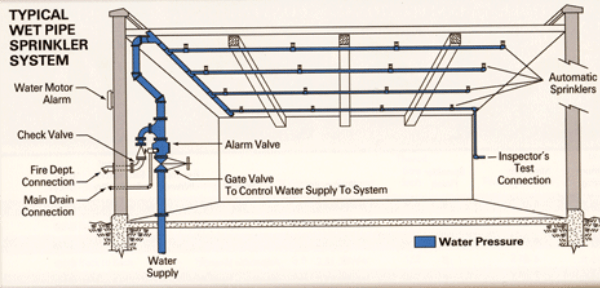
Besides supplying water to fire sprinkler heads, these systems have two important functions: preventing contamination of the water supply and sounding an alarm when fire sprinklers activate. Wet-pipe fire sprinkler systems accomplish this in three different ways:
- Using an alarm check valve
- With maintained excess pressure and an alarm check valve
- Using a straight pipe riser (and riser check valve)
Some wet-pipe systems have an alarm check valve. These valves prevent water from flowing out of the sprinkler system and back into municipal water sources. They also feature an alarm port, which activates a fire alarm control panel, bell, or another device when water flows through sprinkler system piping. To stop false alarms, some alarm check valves include a slow-draining metal reservoir called a retard chamber.
Maintained extra pressure fire sprinkler systems improve on this design by adding extra pressure above the check valve. This pressure keeps the valve closed during pressure surges in the sprinkler system’s water supply, reducing the number of false alarms.
The most common configuration of a wet pipe system is a straight pipe riser. Fire sprinkler systems with this design have a riser check valve. This valve performs the same basic function as an alarm check valve but uses a specialized waterflow detector to send a signal to alarms during sprinkler activation.
You can learn more about risers and riser check valves by clicking here.
The dry pipe fire sprinkler system
A dry pipe sprinkler system contains compressed air within the pipes. This type of fire sprinkler system maintains pressure with an electric air compressor, nitrogen bottles, or another supply system. When a fire sprinkler head opens, the compressed air discharges and water fills system piping.
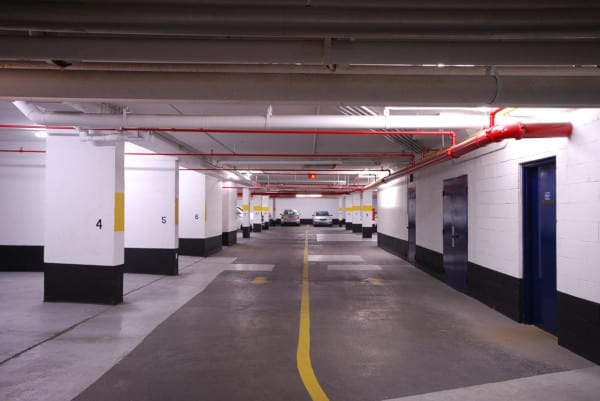
Water-filled pipes exposed to freezing temperatures may bend or burst. For that reason, many parking garages, warehouses, and other unheated spaces use this type of fire sprinkler system. However, dry-pipe fire sprinkler systems activate more slowly and require more maintenance. As a result, the National Fire Protection Association (NFPA) recommends the use of dry-pipe systems only in facilities that cannot maintain a minimum temperature of 40F (4C).
Dry-pipe systems maintain pressure through the use of supervisory pressure switches. These switches send a signal to a panel when an increase or decrease in air pressure is needed. When a fire sprinkler head opens, releasing the excess air pressure, a specialized valve called a dry-pipe valve opens, flooding the system with water.
For a more in-depth look at dry pipe sprinklers, read the first installment of a QRFS series on these systems.
The preaction fire sprinkler system
Like a dry-pipe system, preaction fire sprinkler systems have air-filled piping. However, a preaction system requires one or two extra events for sprinkler discharge: usually, the opening of a fire sprinkler head and the separate detection of flame, heat, or smoke.
Used to protect museums and expensive electronics, this type of fire sprinkler systems is designed to reduce false deployment and the damage that follows. When a fire breaks out, smoke detectors, heat detectors, or other devices send a signal to a preaction valve, which releases water into sprinkler system piping. That water remains in the system until an automatic fire sprinkler head activates, extinguishing the flames.
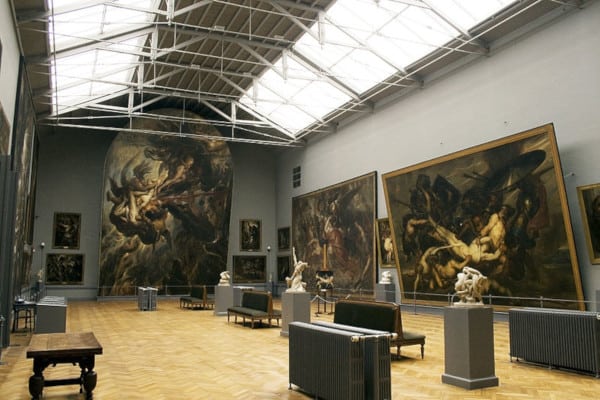
In NFPA 13: Standard for the Installation of Sprinkler Systems, the National Fire Protection Association describes three types of preaction systems:
- single-interlock
- non-interlock
- double-interlock
A single interlock system allows water to pass into the piping only when detection devices operate. A non-interlock system releases water into the system when the detection devices OR the automatic sprinkler heads operate. A double interlock system only fills system piping only when the automatic sprinkler heads and the detection devices activate. Double-interlock systems respond more slowly than the other two types of preaction systems.
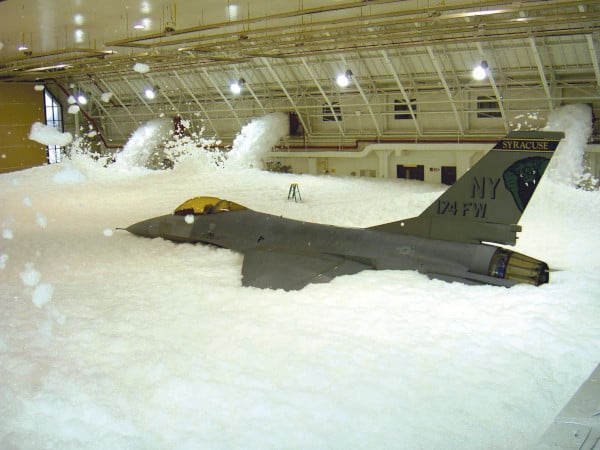
The deluge fire sprinkler system
Deluge sprinkler systems behave like a preaction system with one major difference: all of the fire sprinkler heads remain permanently open. This type of fire sprinkler system is designed to activate when an initiating device, like a smoke detector, sends a signal to a monitoring panel. This panel opens a solenoid valve, which releases the extinguishing material.
Deluge sprinkler systems react immediately, making them ideal in highly flammable or hazardous areas like aircraft hangers, storage facilities for flammable liquids, power generating stations, and elsewhere. In some instances, deluge systems mix water with foam to create a solution. The solution, which expands upon release, creates a protective blanket to smother the oxygen source and suppress or eliminate the fire.
Choose QRFS for your fire sprinkler system components
At QRFS, we stock fire sprinkler system components for residential and commercial wet and dry fire sprinkler systems. For wet systems, we offer commercial and residential risers in a variety of configurations. We also offer a range of sprinkler heads, sprinkler accessories, gauges, and installation tools to meet your specifications. Our selection includes residential and commercial sprinkler heads from leading manufacturers, including Tyco, Reliable, Victaulic, and Senju.
Click here to view our selection of fire sprinklers and sprinkler system components.
We also carry UL-listed residential and commercial riser kits with the parts you need to monitor system flow and pressure in wet-pipe fire sprinkler systems. All of our grooved riser kits feature schedule 40 A53 steel pipe and connect to grooved piping systems for ease of installation.
Click here to find your next commercial or residential riser.
Looking for deluge or preaction system components? Let us source them for you. Call us at +1 (888) 361-6662 or email support@qrfs.com.
This blog was originally posted by Jason Hugo and Anna Hartenbach at blog.qrfs.com on September 21, 2017, and updated on February 1, 2019. If this article helped you get a grasp on the different kinds of fire sprinkler systems, check us out at Facebook.com/QuickResponseFireSupply or on Twitter @QuickResponseFS.


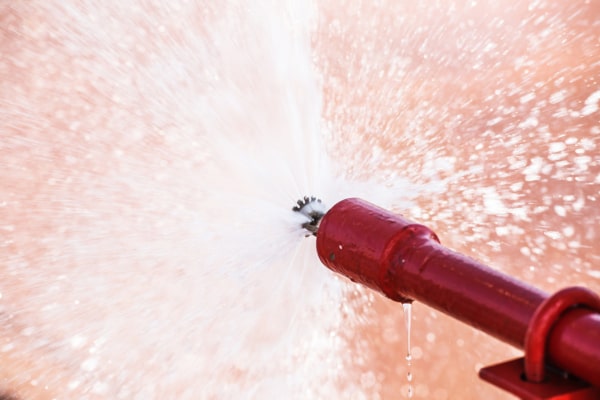
2 thoughts on “#75 – Fire Sprinkler Systems: History, Types, and Uses”